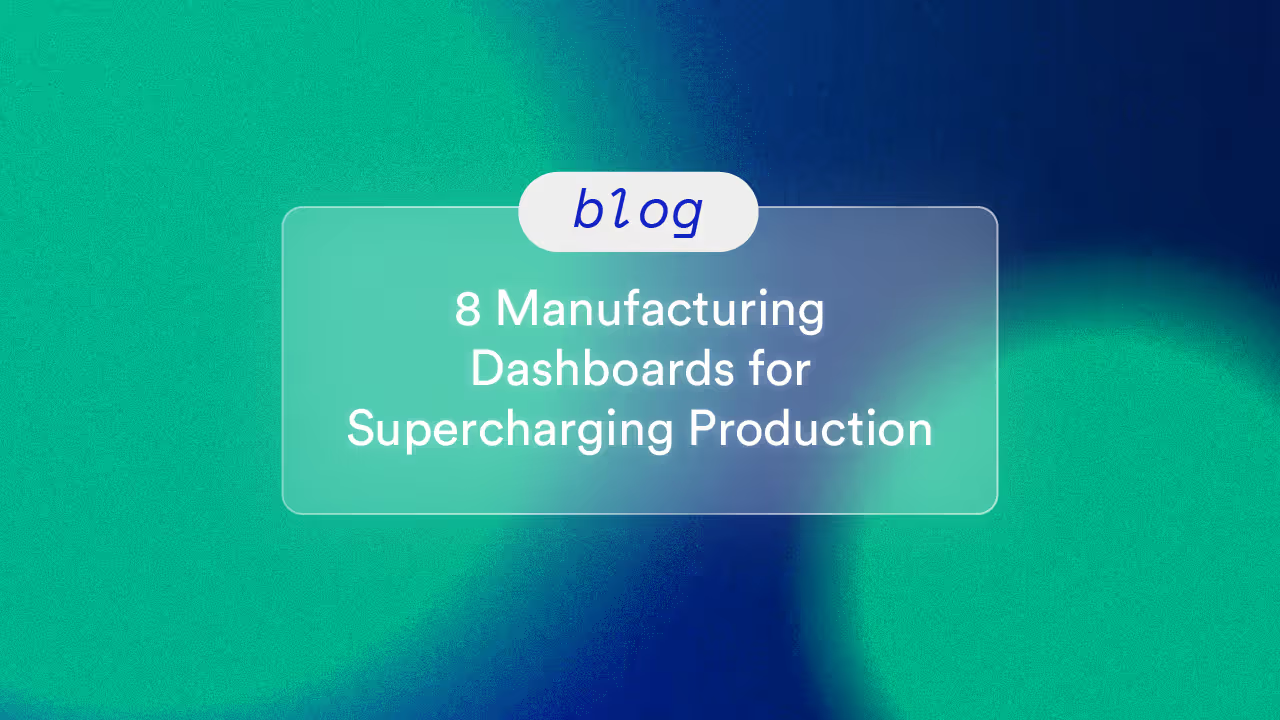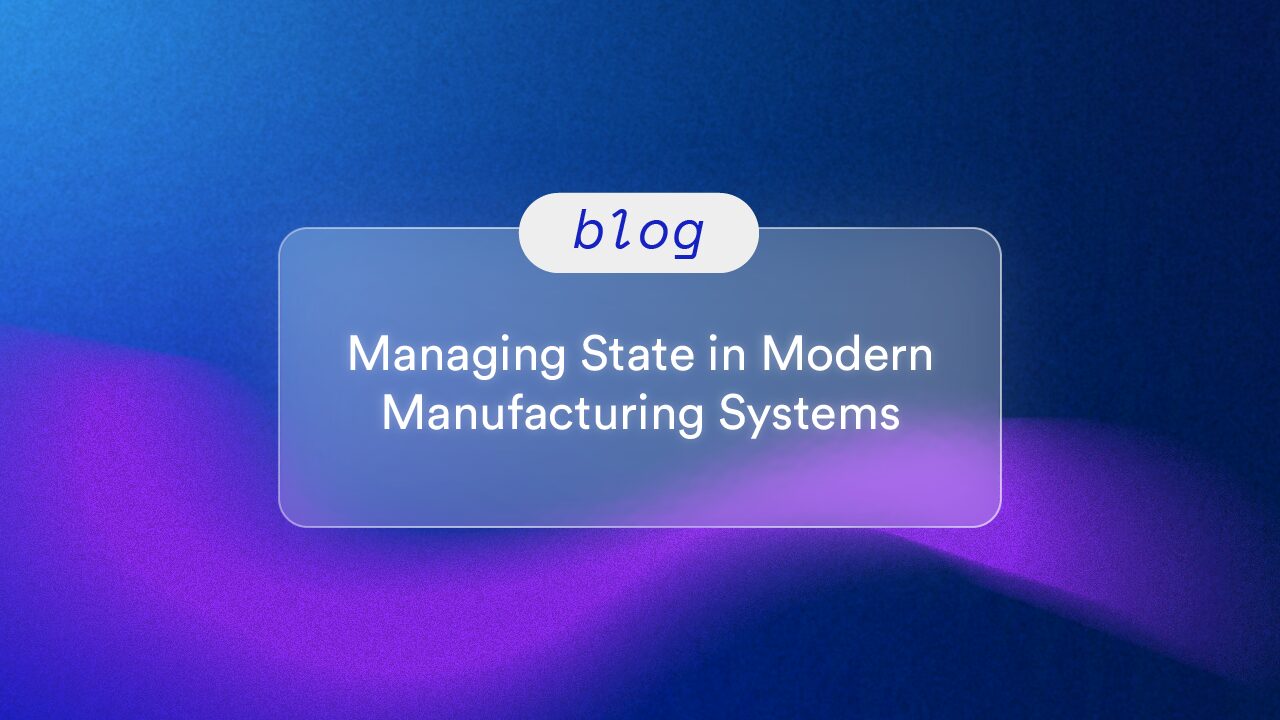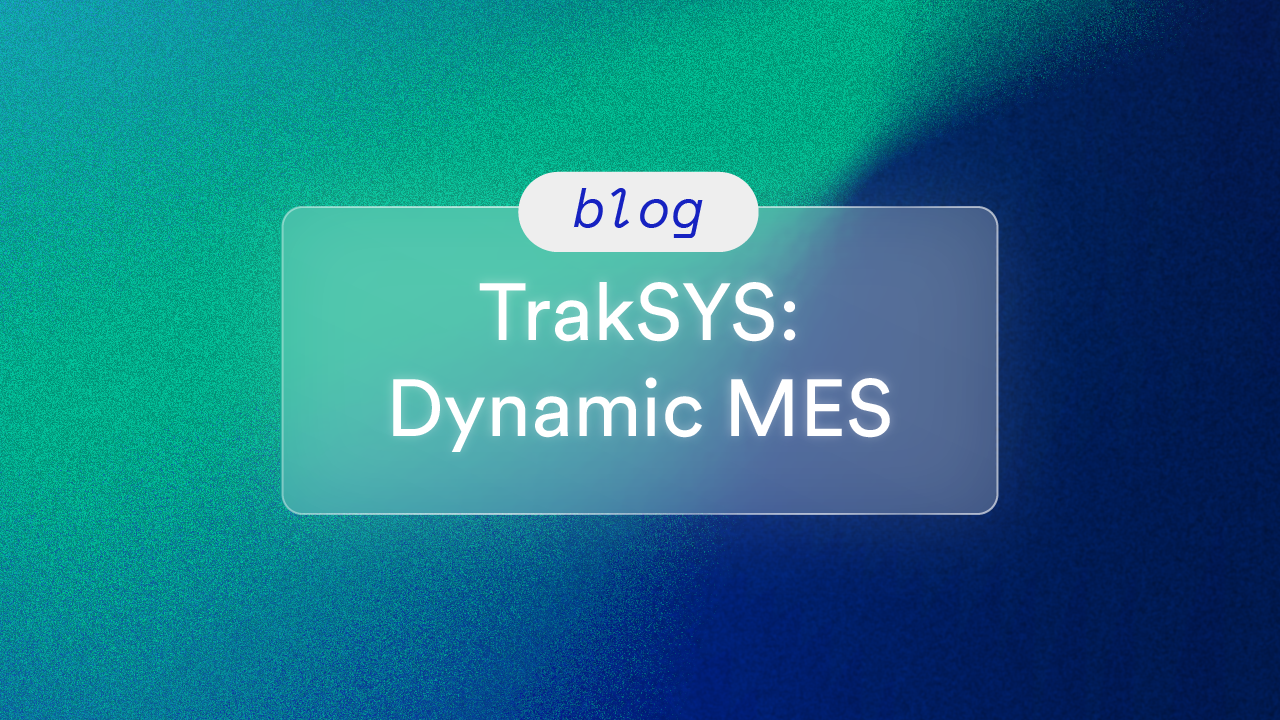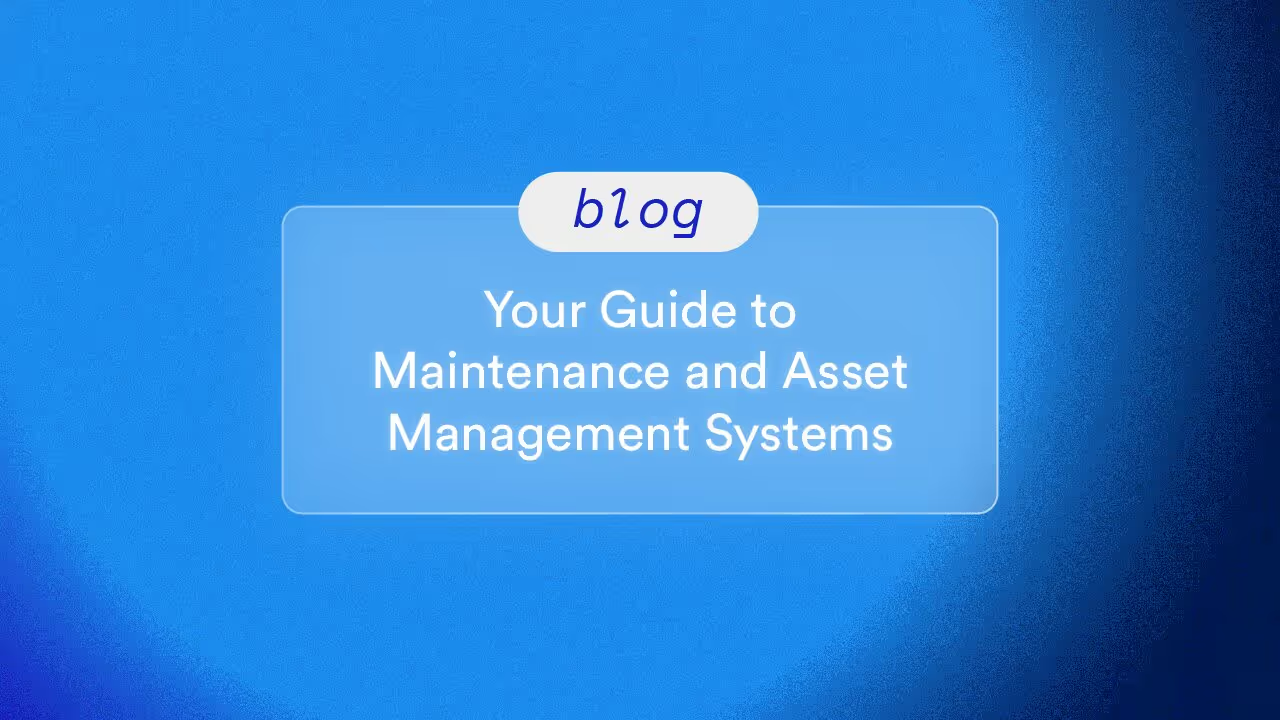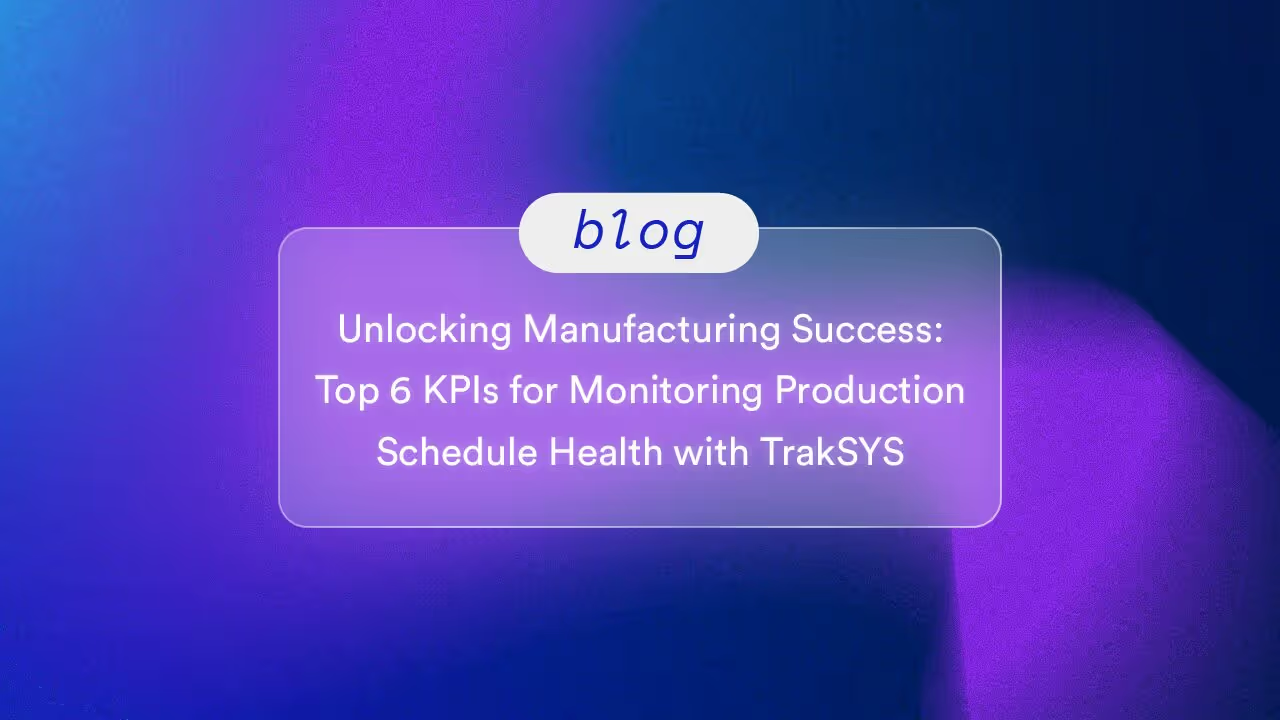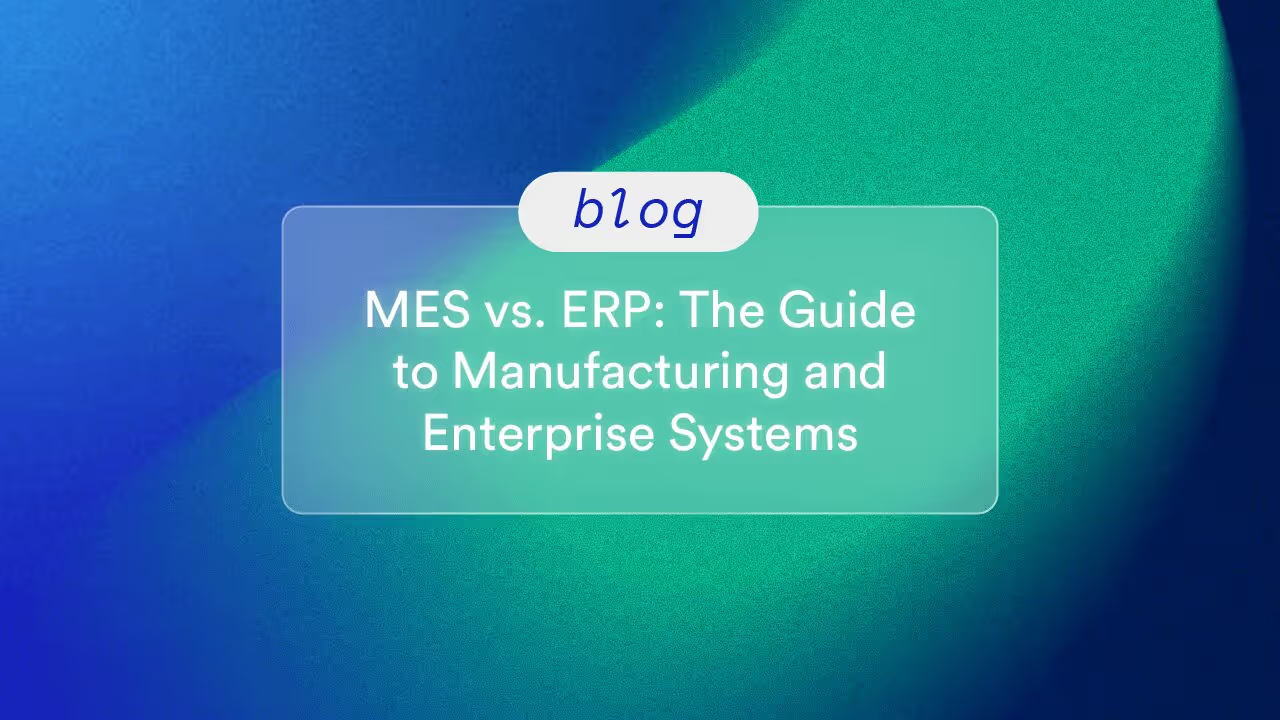TrakSYS Content Pages: Templatized UI for Dynamic Manufacturing Insights

Standardized. Scalable. Repeatable. More and more, these words—and the efforts they reflect—are becoming the hallmarks by which solution delivery is measured. While the capacity for customization will almost always factor into the equation, the appetite—and budget—for highly tailored solutions is fading.
Enter TrakSYS Content Pages—a powerful, centralized way to templatize and manage manufacturing intelligence at scale.
Content Pages aren’t just visually consistent—they’re data-driven, highly flexible, and deployable across multiple operational contexts. From line-level dashboards to enterprise-wide performance reports, Content Pages help manufacturers unlock the full potential of their data without duplicating work.
What Are TrakSYS Content Pages?
A Content Page is a template-based webpage that can be built and managed within TrakSYS. These reusable layouts are designed once and parameterized to show different content depending on context—such as site, production line, asset ID, or user role.
Rather than building multiple pages for different facilities or use cases, users create a single standardized layout that dynamically adapts to display relevant insights across the enterprise. This drastically reduces design overhead, ensures branding and interface consistency, and streamlines the process of system-wide updates.
Why Use Templates in TrakSYS?
Templates bring a new level of standardization and control to manufacturing intelligence. Here’s why it matters:
- Centralized Management
Update once, deploy everywhere. Templated pages are controlled from a central source, ensuring that edits, branding updates, or functional improvements apply across all desired instances—instantly and consistently. - Dynamic and Flexible Content
Through parameterization, a single Content Page template can serve countless use cases. Want to show different KPIs for different lines? Adjust parameters—no need to build a new page. This flexibility ensures that content stays relevant, while dramatically reducing design time. - Increased Efficiency
By streamlining page creation and maintenance, TrakSYS Content Pages free up valuable engineering and IT time. Your team spends less time managing interfaces and more time analyzing performance and improving operations. - Consistent User Experience
A uniform visual language across pages simplifies navigation, reduces confusion, and builds user confidence. Operators, managers, and executives see information presented in a familiar way—no matter what plant or asset they’re working with.
How Do TrakSYS Content Pages Work?
At a technical level, TrakSYS Content Pages are powered by a robust templating engine. Users create page layouts that include dynamic placeholders—areas where content can be customized based on parameter inputs. Here’s how the process works:
- Design a Layout: Create a content page using TrakSYS’s visual tools. Define areas that will display dynamic content, such as charts, gauges, or metrics.
- Define Parameters: Assign variables like site name, machine ID, product family, or time range.
- Deploy Across Contexts: Apply the template to different facilities, teams, or use cases by populating it with unique parameter values.
From a single design, you can generate countless tailored views, all unified by one central template.
Real-World Applications
TrakSYS Content Pages shine in environments where scalability, clarity, and flexibility are key. Here are just a few practical use cases:
- Production Dashboards
Depending on their user role and permissions, team members can monitor real-time metrics from multiple lines or plants using the same dashboard template—customized by line, shift, or production cell. - Performance Reports
Content Pages enable you to build a standardized reporting page and populate it with dynamic content for different time periods, product lines, or performance benchmarks. - Operator Interfaces
Keeping in mind the unique needs of their teams, business leaders can design a clean, intuitive operator panel once and deploy it across machines or workstations, with role-specific visibility baked in.
Easy Maintenance with Visual Editors
Thanks to intuitive, drag-and-drop visual editors, users can build, update, and deploy Content Pages with minimal technical expertise. This accessibility empowers non-developers—such as plant managers or operations analysts—to manage their own dashboards, make real-time changes, and ensure the data their teams rely on is always accurate and up to date.
Visual editing also enables faster innovation. Teams can iterate on layouts, adjust parameters, or test new data visualizations without needing to overhaul their entire system.
And because each template supports parameterized content, the same layout can be applied across vastly different use cases—no cloning, copying, or supplemental coding required.
Simplify Complexity with TrakSYS Content Pages
In a world where operational complexity is increasing, TrakSYS Content Pages provide manufacturers with a smarter way to manage and display critical insights. Templatized content gives you the control to standardize designs, the flexibility to support diverse use cases, and the efficiency of being able to update deployed templates from one, centralized location.
Curious to learn more about Content Pages and how they could up-level your operation? Contact us today to get started.
FAQs
A Content Page is a dynamic, template-based webpage created within the TrakSYS MES platform. These pages allow manufacturers to design one layout and reuse it across different sites, assets, or user roles by changing parameter values.
They centralize page design and management, reduce duplication, and eliminate the need for custom interfaces across every plant or machine—saving time and boosting consistency.
Yes. TrakSYS includes intuitive visual editors that enable users without coding experience to build, customize, and deploy content pages across operations.
Templates include dynamic placeholders for values like machine ID or site name. When deployed, these placeholders are automatically populated with the correct data based on the context, allowing one page design to serve multiple use cases.
Absolutely. Content Pages are built on the same secure, scalable architecture as the rest of the TrakSYS platform, ensuring reliable performance whether you’re supporting one site or one hundred.
Related Blog Posts


Let’s Build Your Plan
We’ll help you create the right configuration—today and for the future.



